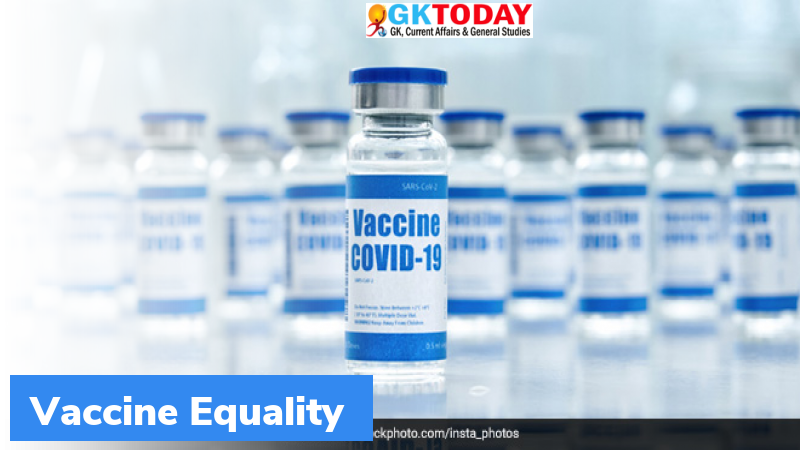WHO’s Global Vaccine Market Report 2022
The Global Vaccine Market Report 2022 was released on November 9, 2022 by the World Health Organization (WHO).
What are the key findings of the report?
- Vaccine inequality has been exacerbated by the COVID-19 pandemic.
- Critical vaccines that are in high demand in high-income countries are in short supply in low-income countries.
- Due to the lack of market incentives, development of critical vaccines is facing hurdles.
- Decades-long progress in the development, supply and access to doses is getting reversed because of the unfavourable environment caused by free-market dynamics.
- The burden of cervical cancer is high in low-income countries despite the introduction of human papillomavirus vaccine (HPV) in 41 per cent of these countries. Over 83 per cent of high-income countries have access to HPV vaccines.
- COVID-19 vaccine accounted for most of the 16 billion vaccine doses that were supplied in the global market in 2021. The total value of these vaccines are 141 billion USD.
- This is a major growth in the vaccine market, with the volume raising three-fold when compared with the 2019 (5.8 billion USD) and nearly three-and-a-half times the 2019 market value of 38 billion USD.
- The past 2 years witnessed an increase in vaccine supply. However, there has been a major backslide in the routine immunisation of children during this period. If the current trend persists, it would be impossible to recover from this setback or ensure equitable access to vaccines.
- In 2021, more than 90 manufacturers are supplying vaccines to the WHO member states.
- However, less than 10 managed a bulk of the supply because of “broad portfolios, global reach and a diversity of deployable technology”.
- Only 2 manufacturers supply key vaccines like pneumococcal vaccines, measles and rubella-containing vaccines across the globe.
- Policies and supply chains in specific regions influence the accessibility to vaccines. African and east Mediterranean regions are the worst impacted by this. Countries in these regions depend on international manufacturers for 90 per cent of their procured vaccines.
- Price disparities forced the middle-income countries to pay equal to or more than the high-income countries for vaccines.
- The lack of transparency in vaccine manufacturing and supply and insufficient government oversight in the distribution of doses remain key challenges.
- The report recommended several changes that can initiate the paradigm shift in vaccine market. These are:
- Clear immunization plans
- Aggressive investment and stronger oversight of vaccine development, production and distribution.
Month: Current Affairs – November, 2022
Category: Reports & Indexes Current Affairs


